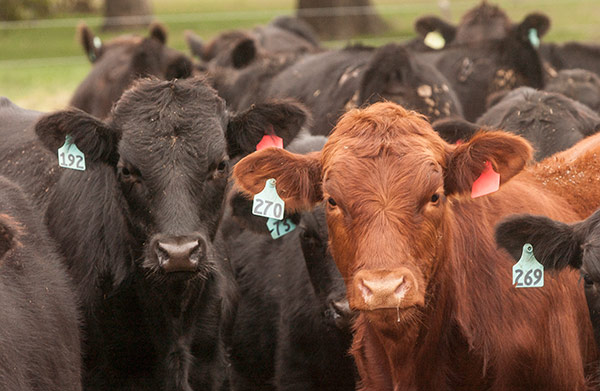The United States had almost 32 million head of beef cows at the start of the decade. In 2010, the U.S. Department of Agriculture reported the U.S. had 31.7 million head in the July midyear report. From 2010 through 2014, the drought kicked in and lingered over the Southern Great Plains. That cut cattle numbers dramatically. In January 2014, the USDA cattle inventory report showed 29.04 million head of beef cows in the U.S. By January 2015, the herd began to bounce back in adding 600,000 cows to 29.7 million. This year’s midyear report in July had the U.S. beef cowherd at 30.5 million head of beef cows.

Rabobank Protein Analyst Don Close believes the January 1, 2016 report will show aggressive rebuilding, even with the price volatility this year. In looking at the seven percent retention of heifers in the July USDA report, he is working with the assumption that’s a solid number. He has been looking at the number of heifers as a percentage of cattle on feed and as a percentage of sale barn receipts through the second half of the year. He said the data implies that heifer retention has continued. While he doesn’t think retention has continued as aggressively as it did the first half of year, he believes the growth curve continues.
In speaking at the recent Angus Means Business Convention in Overland Park, Kansas, CattleFax Market Analyst Lance Zimmerman said herd expansion this year could exceed one million head. Close responded in agreeing that adding one million head of cows is within the realm of possibility.
“I wouldn’t be totally surprised if it was even a little above that million head number,” Close said.
While herd expansion has had an impact on all classes of cattle, Close said the industry needs to separate the complications from the short-term tonnage supply of beef from the long-term growth curve of cattle numbers. Further, he believes more needs to be done to rebuild the U.S. beef cattle herd.